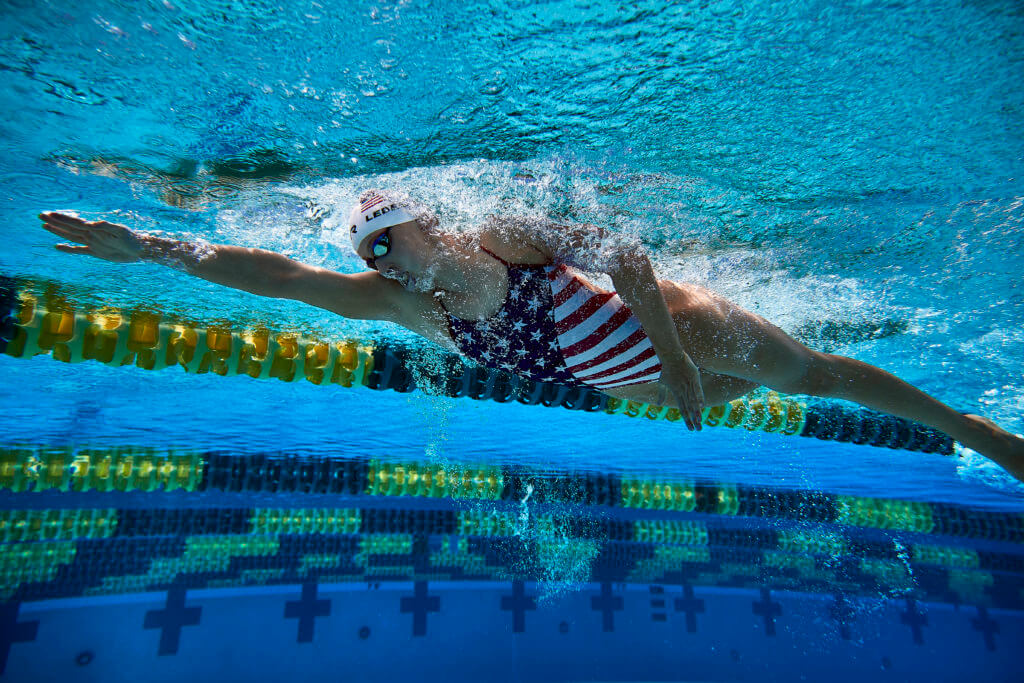40 Years in the Making: The Evolution of Olympic Racing Suits from 1984 to 2024 (Video)

40 Years in the Making: The Evolution of Olympic Racing Suits from 1984 to 2024
Over the years, racing suits in the sport of swimming have evolved to continually push the boundaries of speed and efficiency. Initially, suits were simple, functional, and made from materials like Lycra and nylon. These suits worked to reduce drag through tight, form-fitting designs, and in time, they became more durable.
Development in material technology led to better compression and more ergonomic designs. By refining fit and performance, the introduction of full-body suits marked a dramatic shift in racing suit construction. These suits were made of polyurethane and high-tech Lycra to help swimmers swim faster in the water and further streamline the body.
The full-body designs were then improved to ensure better support and water flow. Advanced polyurethane suits provided significant buoyancy and further reduced drag. However, regulation changes eventually brought a return to textile materials, with men’s suits adopting jammers and women’s suits adopting knee-skins.
The latest suits have incorporated cutting-edge textiles, seamless construction, and subtle patterns to create the fastest racing suit that produces the best performance. Strategic compression zones, minimal seams, and streamlined designs now characterize these suits that continue the tradition of innovation in Olympic swimming.



